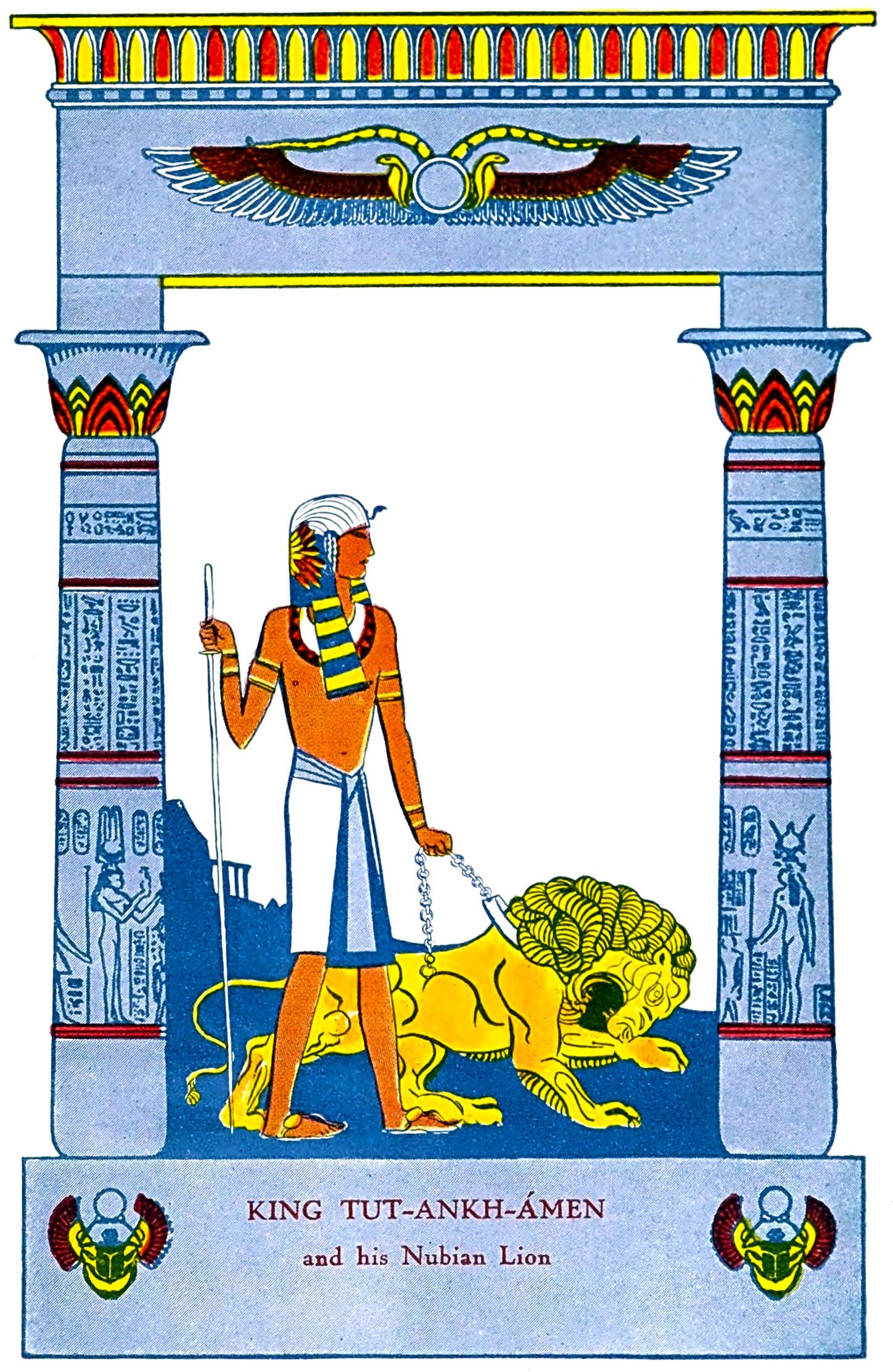
Egyptian Art and Sculptures
Egyptian art was produced collectively in assembly line form. Several people worked at the same time on one statue. One worked on an arm while another worked on a leg. Even painting was done in assembly line form. When a temple or palace wall needed to be painted in mural style the Egyptians would paint one color at a time. The first group would paint the first color, and then another group would paint the next color, and so on. No one person could lay claim to one public work of art. When the Egyptians found something that they liked they did it over and over, sometimes refining it over thousands of years.

King Tutankhamen
Today, Tutankhamen is the best known of all of the Egyptian pharaohs. This is because in 1922 Howard Carter and George Herbert discovered his undisturbed tomb in the Valley of the Kings. The discovery made news worldwide because it was loaded with amazing artifacts. The wealth found in King Tut's tomb astounded the entire world. The vast majority of the remains were left intact inside the tomb, which is in Luxor, Egypt. The most important artifact discovered inside the tomb was King Tut's burial mask. The burial mask is housed in the Egyptian Museum in Cairo, where it is kept in an air conditioned room.
